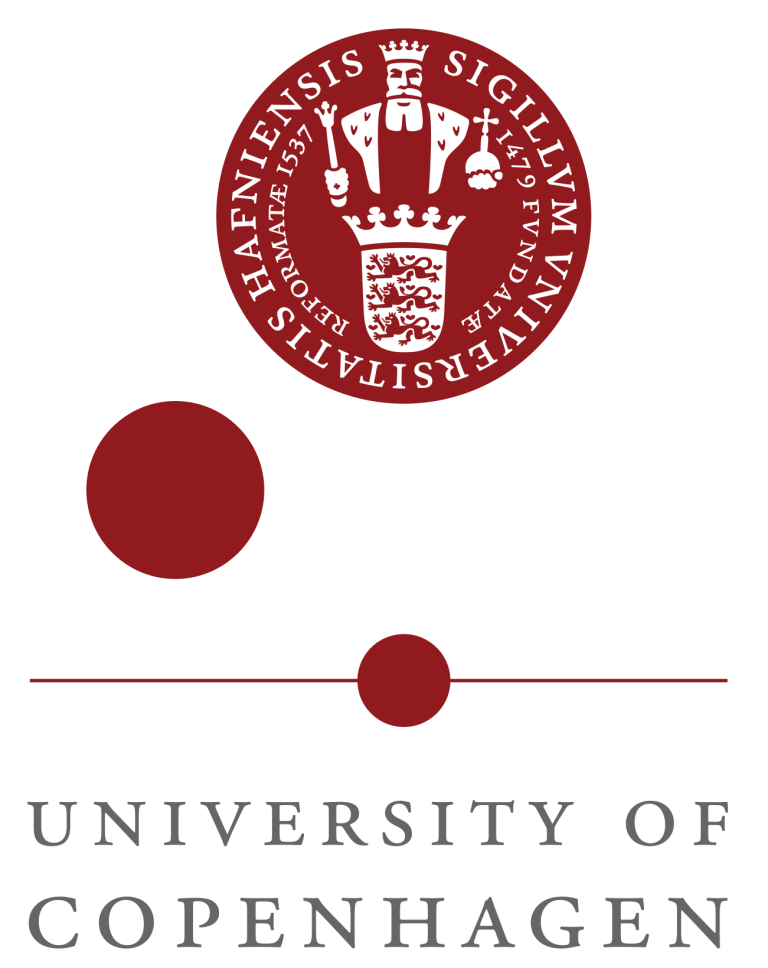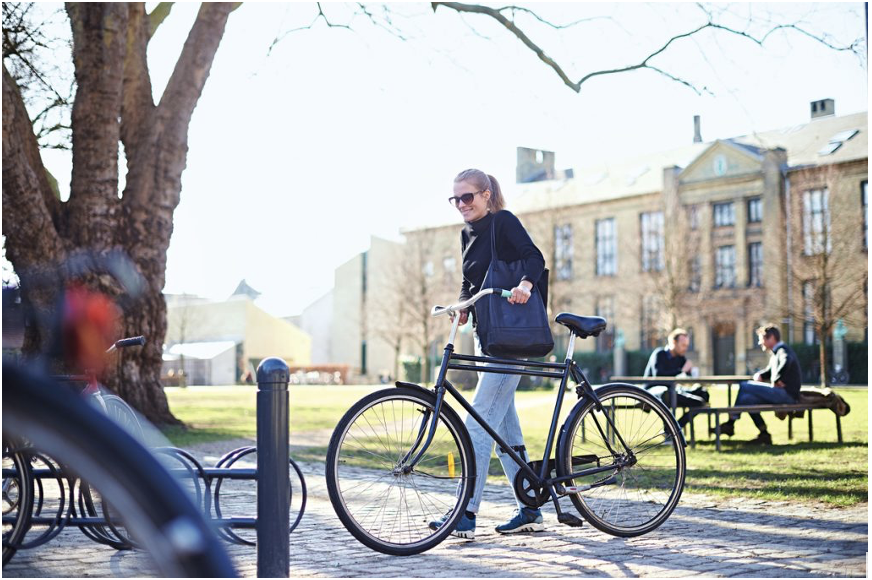
University of Copenhagen
Student Life
Copenhagen, Denmark
The metropolitan area of Copenhagen is home to nearly 1.3 million people. The capital has a lot to offer international students – it’s a youthful city with every fourth citizen being a student. Riding your bike through the old streets of the town, enjoying art, food, and nature, or exploring the historical sights of Copenhagen are just a few of the experiences you’ll find in Copenhagen.
University of Copenhagen
Founded in 1479, the University of Copenhagen (UCPH) is the oldest and largest institution for research and higher education in Denmark. Enrolment is more than 41,000 students, as well as an additional 2.000 PhD students. The university is divided into six faculties, including Faculty of Science.
Read more about student life at UCPH on the official UCPH website.
The Faculty
The Faculty of Science at the University of Copenhagen – or SCIENCE – is Denmark’s largest science research and educational institution with 4,000 employees and 9,700 BSc and MSc students in 12 departments – including the Natural History Museum of Denmark. SCIENCE also comprises four experimental farms, a Pometum and an Aboretum, linking theoretical studies with practical research.
Read more about the Faculty of Science at the official website.
The Faculty of Science is located at Frederiksberg, in beautiful, green surroundings, a ten-minute bike ride from Copenhagen Central Station. You’ve got public transport, great cafés, and a metro taking you to the vibrating inner city of Copenhagen in just a few minutes with easy access to the rich cultural life, museums, theatres, restaurants and cafés.

The Campus
Frederiksberg Campus is one of the oldest and most attractive campuses in Denmark known for its strong student engagement and superior study environment. History is omnipresent at the campus where veterinary surgeons and professionals within agriculture and forestry used to work. Today, the campus accommodates a large part of the Faculty of Science and a minor part of the Faculty of Health and Medical Sciences. Here, you can, for example, find the fantastic University Garden and the University’s animal hospital.
At campus you can meet students within natural and health sciences with a focus on plant science, food production, veterinary medicine, animal science, agricultural economics and landscape architecture
Frederiksberg Campus is located in the area between Rolighedsvej, Thorvaldsensvej and Bülowsvej – a ten-minute bike ride from Copenhagen Central Station.

Study Start at SCIENCE
The SCIENCE Welcome Programme is a great way for international students to be introduced to the Faculty of Science at the University of Copenhagen. In May you will be invited to an online course, “How to MSc”, where you will learn more about student life, your study programme, and how to register for courses etc. You will also be able to sign up for welcome days (hosted in the end of August) for all international students and a welcome day for the SUFONAMA programme where you will meet your fellow students as well as your head of studies in Copenhagen.
Semester Structure at the Faculty of Science
The Block Structure
All courses at the Faculty of Science are organised in accordance with our block structure, which divides the academic year (60 ECTS credits) into four nine-week blocks. Blocks 1 and 2 take place in the autumn semester while blocks 3 and 4 take place in the spring semester. Courses normally last for one block only.
See the academic calendar here.
Blocks are parted by a teaching free week where you do not have any courses or exams. The teaching free weeks during the academic calendar are also used for re-exams. In each block, you normally attend one or two courses. The duration of the course is typically 7 weeks, which are followed by 2 ‘exam weeks’. Some courses have continuously assessment.
When does teaching take place? Block and Timetable Groups
The course description will state which block and timetable group the individual course is offered in.
Teaching for our courses will take place in a given timetable group or possibly a subgroup. Please note that if your course is in timetable group A, this means that the teaching will take place in both subgroups A 1 and A 2.
The subgroups, and thereby the timetable groups, are organised according to the following model:
